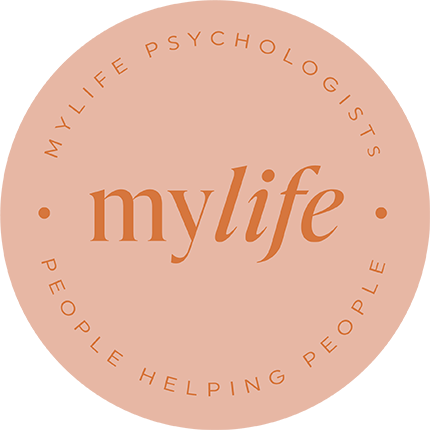What is a panic attack?
A panic attack is a sudden surge of fear, that peaks quickly (within 1-10 minutes), and involves both physical and psychological symptoms that can be very overwhelming and frightening. Some people experience numerous panic attacks every day, whereas for others they can occur only once every few years.
When a panic attack occurs, the body goes into the “fight or flight” response, which is our automatic alarm response that turns on as soon as there is danger. The fight or flight response helps to prepare the body to act quickly to escape or defend itself in a dangerous situation by making the heart beat faster and increasing the breathing rate. This helps blood and oxygen get to the muscles so that the body can react quickly. If you were faced with a truly dangerous situation where there is an immediate threat, such as being approached by a dangerous animal, the fight or flight response would be crucial to keeping you safe. It is likely to lead you to either run for your life or be ‘pumped up’ enough to physically defend yourself, and so it’s an important survival mechanism. During a panic attack however, there is an intense fear (fight or flight) response even when there is no imminent threat or danger, like a false alarm.

What are the symptoms of a panic attack?
Not all people experience the same symptoms, but most will experience a combination of several physical and psychological symptoms including:
- Shortness of breath
- A pounding heart
- Chest pain
- Sweating
- Feeling faint or dizzy
- Nausea and/or stomach problems
- Chills or hot flushes
- Shaking or trembling
- Numbness or tingling
- Feeling detached from oneself or from reality
- Fear of dying
- Fear of “going crazy”
What is panic disorder?
Panic disorder occurs when someone experiences repeated panic attacks. Because a panic attack is very unpleasant and can be frightening, the person begins to fear the next panic attack. Because of this fear, the person may begin to change their behaviour to avoid experiencing another attack, such as avoiding a situation where a panic attack has occurred previously, or constantly carrying anti-anxiety medication. These behaviours are referred to as safety behaviours, as they help the person to feel safer, but they are not helpful to overcome their fear of panic attacks. Panic disorder is quite common, with approximately 5% of people experiencing it at some point in their lives.
Treating panic attacks and panic disorder
An effective treatment for panic is Cognitive Behaviour Therapy (CBT). Research has shown that CBT more effective in treating panic symptoms than medication, although there are medications available that your GP can recommend that can be used in combination with psychological therapy.
CBT focuses on how our thoughts, assumptions and beliefs (cognitions), and our behaviours effect mood and mental well-being. It aims to help identify and challenge unhelpful thoughts and behaviours, and to learn to think and behave in more helpful ways. In treating panic, your psychologist may teach you relaxation and breathing techniques and/or help you to work through graded exposure. CBT is a short term therapy and usually goes for around 10-20 sessions, depending on the individual’s needs.
For more information or to make an appointment, contact us.

